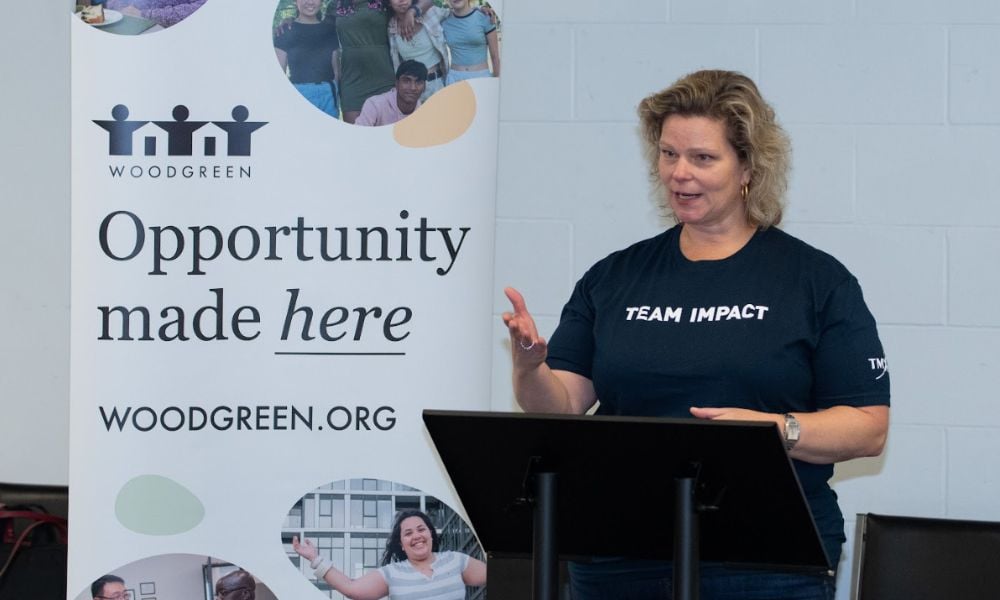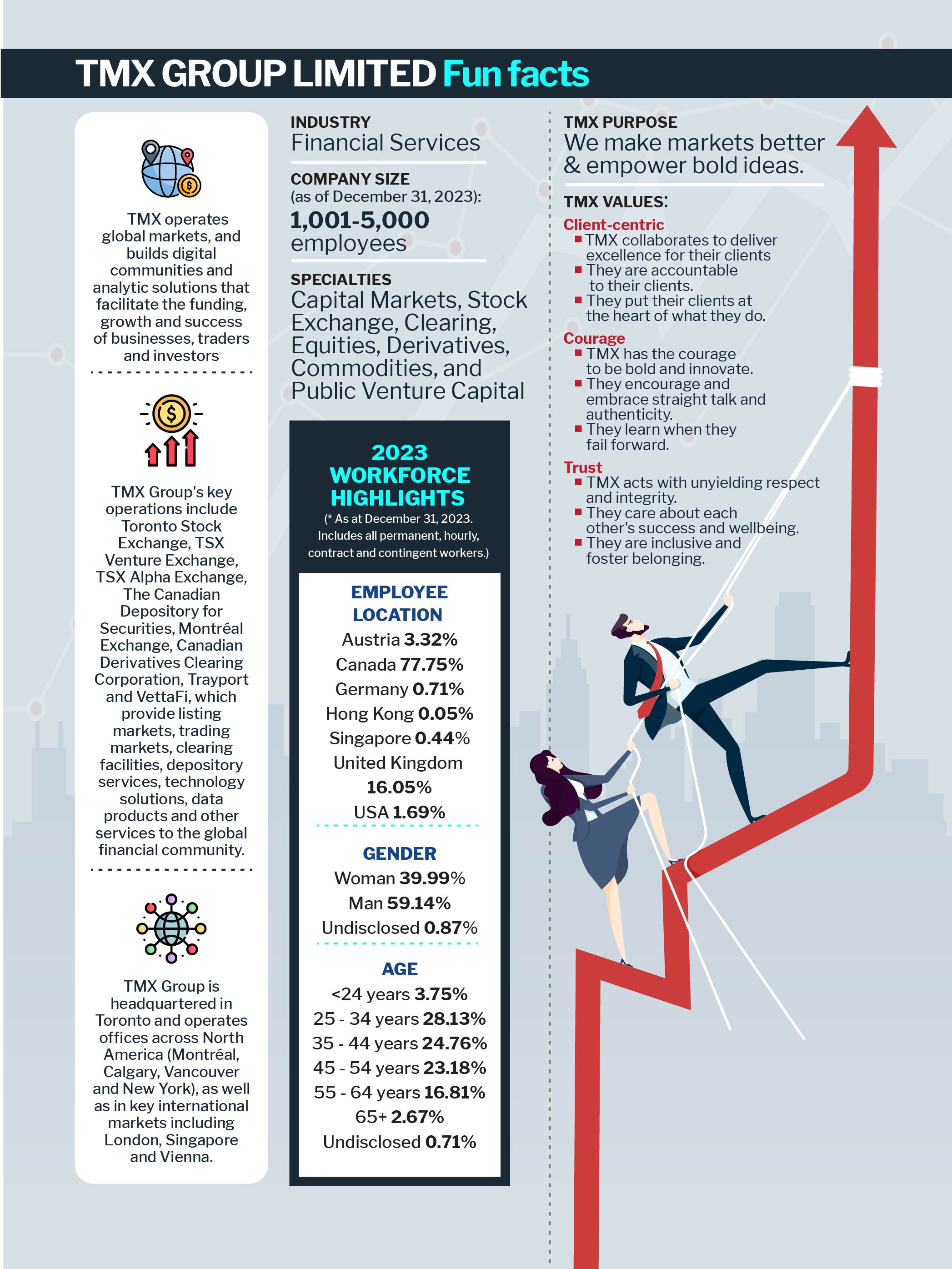
Cindy Bush, CHRO at TMX Group, recommends trial-and-error approach to navigating complexities of HR

For Cindy Bush, the Chief Human Resources Officer at TMX Group Limited, success requires more than just a clear-cut strategy and a talented workforce. In fact, integrating purpose, strategy, talent and culture is the golden key to creating a high-performing organization, she says.
Speaking to HRD, Bush emphasizes the significance of defining purpose as the first step in this integration – a process that involves meticulous attention to detail.
"A company and organization really need to understand why it is in business," she says. "Why do you get up every morning? Why are you here to serve your clients?”
And once that purpose is established, Bush tells HRD the next step is aligning strategy and goals with that purpose. This involves moving from the conceptual to the tangible, identifying the actions and measures that will bring the purpose to life.
However, acknowledging that not every organization has the luxury of starting from scratch, Bush sees alignment as an ongoing process. The joy, she believes, lies in seeing how these elements come together over time.
"Organizations are very much a continuum," she says. "There's always an opportunity to keep looking for that alignment through your purpose, your strategy, your structure. Just keep working. Part of the fun is seeing what you get when all of that comes together.”
Bush identifies talent as the next critical component in the integration process, as talented individuals will be the ones to deliver on that strategy and purpose. This component revolves around ensuring that the right capabilities and behaviours are in place to succeed with clients, employees, and stakeholders.
However, she reserves the utmost importance for culture, which includes values, behaviours, and how individuals within the organization treat one another and their clients.
"When you have all these things in alignment, you really start to see a high-performing organization," she says.

In Bush's view, HR strategies vary across organizations, shaped by their unique contexts and priorities. Having worked in nine different organizations, she acknowledges the commonalities, such as the fundamental need to pay and hire people.
“It starts with a lot of listening and learning about the business,” Bush tells HRD. “What is working, what isn't, what are the hopes and dreams of the leaders, employees, board members, clients and stakeholders? [It’s about] understanding that, after a bit of listening, to hear some common themes. From there, you can shape priorities for HR and the strategies you need to do those to help achieve the desired results.”
And, in order to navigate the complexities of HR, Bush recommends a trial-and-error approach. She believes projects shouldn't exceed six months, allowing for a quick assessment of their effectiveness.
"I'm a huge fan of pilots, experiments, and course correcting as you go," she says. “I joke that no project should ever be more than six months long. And you should know if something is working or not within that timeframe. Keep course correcting and people's tolerance for experimenting is probably about that long. And then you agree what you're going to do moving forward, just review it annually or whenever it makes sense.”
Meanwhile, Bush underscores the importance of a global plan rooted in a genuine love for people. A tangible example of this global-local balance is TMX's parental leave policy. The company listened to employees across all geographies to understand differing laws and employee needs, and the result was a policy that expanded eligibility to all kinds of parents, providing a consistent and accessible benefit to all TMX employees, regardless of geography.
“We all want to feel purpose; we want to be happy; we want to support our families; we want to be healthy,” says Bush. “These are common characteristics you can then put together in a global plan that drives the business strategy and works locally to ensure that regional nuances, cultures and practices are honoured and fair across locations.”